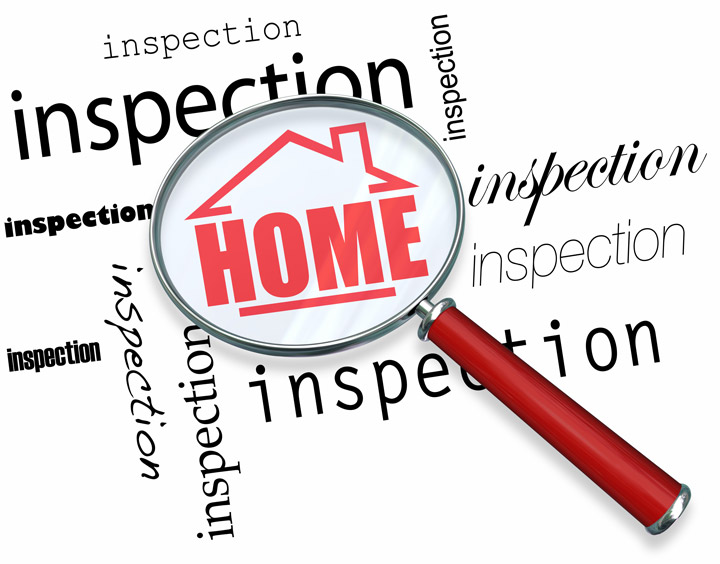
Comprehending AppraisalsTheir home's purchase is the most significant financial decision many could ever consider. It doesn't matter if a main residence, a seasonal vacation home or one of many rentals, purchasing real property is an involved financial transaction that requires multiple parties to make it all happen. Most of the parties involved are very familiar. The real estate agent is the most familiar entity in the exchange. Next, the mortgage company provides the financial capital needed to finance the transaction. And ensuring all areas of the sale are completed and that a clear title passes from the seller to the purchaser is the title company. So, who's responsible for making sure the property is worth the purchase price? In comes the appraiser. We provide an unbiased estimate of what a buyer might expect to pay — or a seller receive — for a parcel of real estate, where both buyer and seller are informed parties. A licensed, certified, professional appraiser from Rhiannon Baker will ensure, you as an interested party, are informed. Inspecting the subject propertyOur first duty at Rhiannon Baker is to inspect the property to ascertain its true status. We must see aspects of the property first hand, such as the number of bedrooms and bathrooms, the location, and so on, to ensure they indeed are there and are in the shape a typical buyer would expect them to be. To ensure the stated square footage is accurate and illustrate the layout of the property, the inspection often entails creating a sketch of the floorplan. Most importantly, the appraiser identifies any obvious features - or defects - that would affect the value of the house. Back at the office, we use two or three approaches to determining the value of the property: paired sales analysis and, in the case of a rental property, an income approach. 
Cost ApproachThis is where the appraiser analyzes information on local building costs, labor rates and other factors to ascertain how much it would cost to build a property nearly identical to the one being appraised. This figure usually sets the upper limit on what a property would sell for. It's also the least used method. 
Sales ComparisonAppraisers are intimately familiar with the neighborhoods in which they work. They thoroughly understand the value of particular features to the homeowners of that area. Then, the appraiser looks up recent transactions in close proximity to the subject and finds properties which are 'comparable' to the home being appraised. Using knowledge of the value of certain items such as square footage, extra bathrooms, hardwood floors, fireplaces or view lots (just to name a few), we adjust the comparable properties so that they are more accurately in line with the features of subject.
After all differences have been accounted for, the appraiser reconciles the adjusted sales prices of all the comps and then derives an opinion of what the subject could sell for. At Rhiannon Baker, we are an authority when it comes to knowing the value of particular items in Granville and Putnam County neighborhoods. The sales comparison approach to value is most often given the most consideration when an appraisal is for a home sale. Valuation Using the Income ApproachIn the case of income producing properties - rental houses for example - the appraiser may use an additional approach to value. In this scenario, the amount of income the property yields is taken into consideration along with income produced by similar properties to derive the current value. Arriving at a Value ConclusionCombining information from all applicable approaches, the appraiser is then ready to stipulate an estimated market value for the subject property. It is important to note that while the appraised value is probably the strongest indication of what a house is worth, it may not be the price at which the property closes. Depending on the individual circumstances of the buyer or seller, their level of urgency or a buyer's desire for that exact property, the closing price of a home can always be driven up or down.Regardless, the appraised value is often employed as a guideline for lenders who don't want to loan a buyer more money than they could recover in case they had to put the property on the market again. At the end of the day, an appraiser from Rhiannon Baker will help you discover the most fair and balanced property value, so you can make the most informed real estate decisions. |